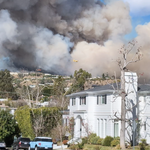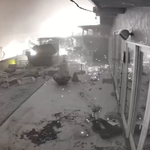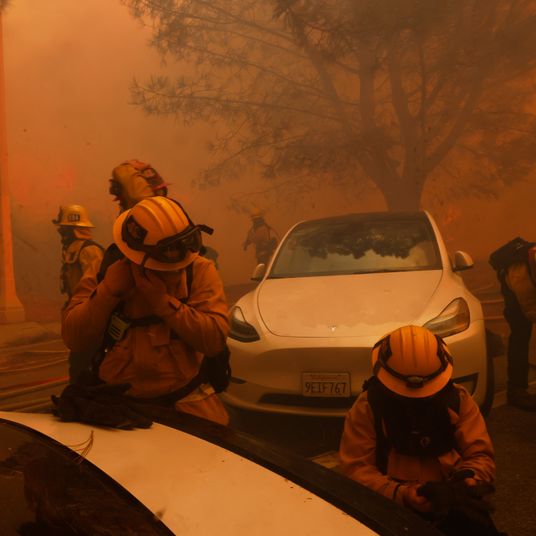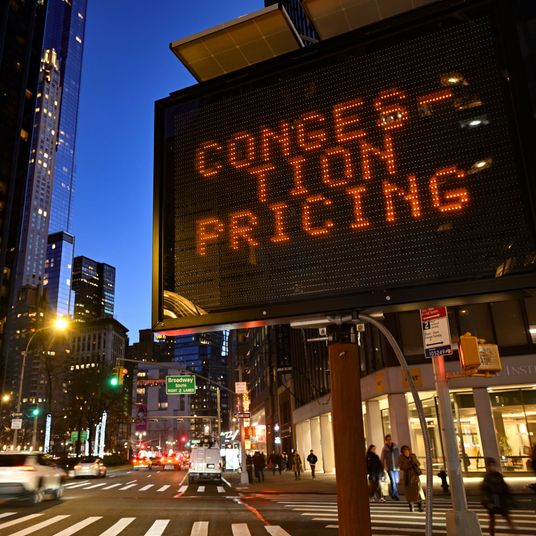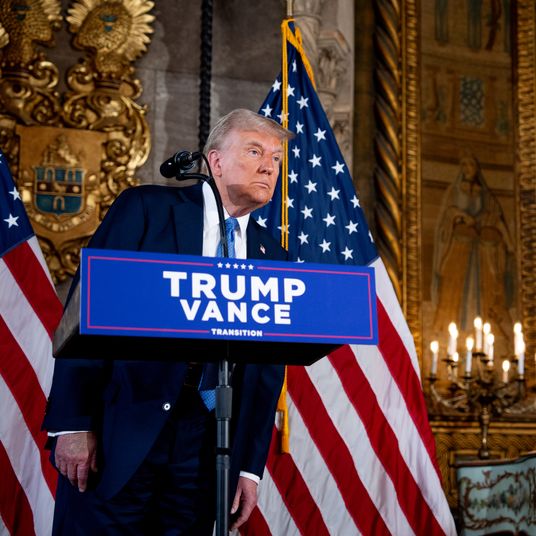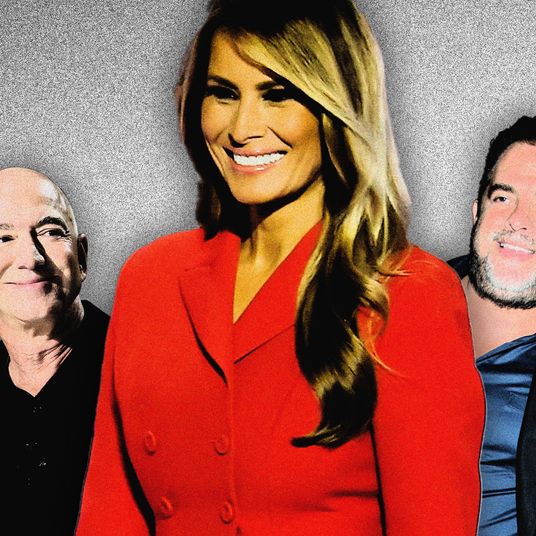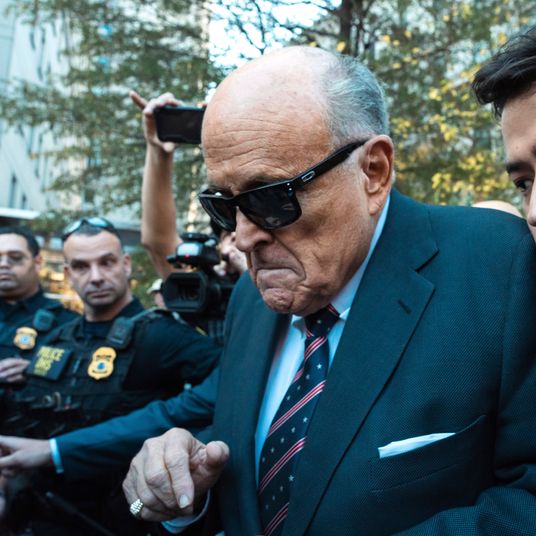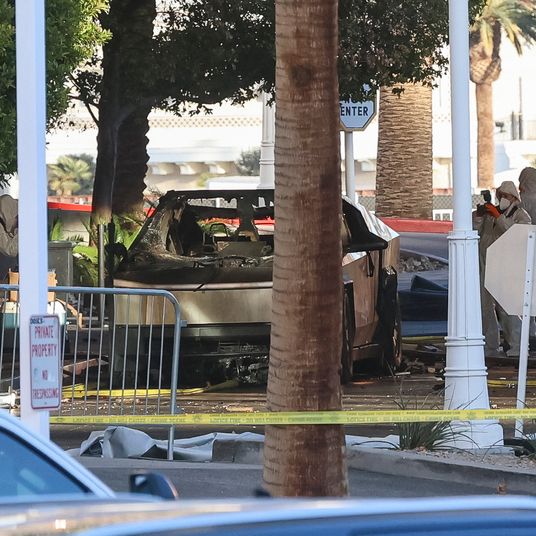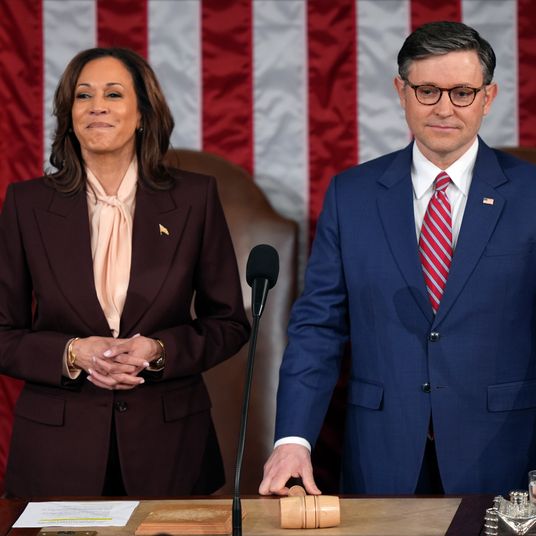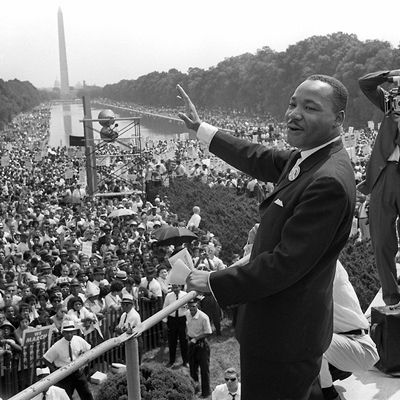
Fifty years ago today, Dr. Martin Luther King Jr. delivered his iconic “I Have a Dream” speech on the steps of the Lincoln Memorial, and it has since become one of the most famous orations in history. You’ve seen the clips and heard its most famous lines on countless occasions, but here are some of the things you probably didn’t know about how the speech was written, how it was delivered, and how it was received.
1. King had previously used his “dream” rhetoric before — “many times before,” as he acknowledged — in lesser-known speeches.
2. King may have taken the “dream” language from then-22-year-old Prathia Hall, who used it during a speech at the burnt remains of the Mount Olive Baptist Church in 1962.
3. The night before the speech, King’s adviser Wyatt Walker suggested he not use any of that “dream” stuff during the March on Washington speech, calling it “trite” and “cliche.”
4. King didn’t write the speech entirely by himself. The first draft was written by his advisers Stanley Levison and Clarence Jones, and the final speech included input from many others.
5. The day before, King and his advisers met to discuss the speech in the lobby of the Willard Hotel because it would be harder to wiretap than a suite.
6. King was up until 4 a.m. the night before working on the speech.
7. The original draft was entitled “Normalcy - Never Again” and didn’t contain any references to King’s dreams.
8. Before the speech, King told an aide that he wanted to deliver “sort of a Gettysburg Address.” (Nailed it.)
9. King was the final speaker of the day, and some attendees — hot, tired, and anticipating a long trip home — had already left before he took the podium. Worst “gotta beat the traffic” ever?
10. King put aside his prepared remarks and extemporaneously delved into the “dream” section of the speech after his friend Mahalia Jackson, a gospel singer, shouted out to him: “Tell ‘em about the dream, Martin.”
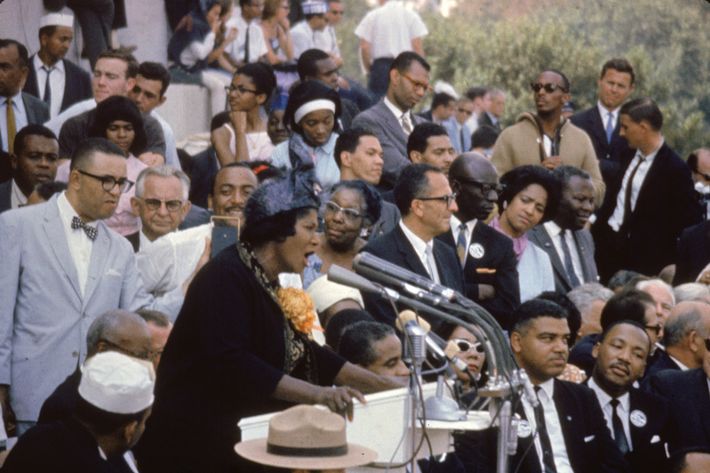
11. King borrowed a long passage about freedom ringing from various mountains across the country (“So let freedom ring from the prodigious hilltops of New Hampshire. Let freedom ring from the mighty mountains of New York. Let freedom ring from the heightening Alleghenies of Pennsylvania! Let freedom ring from the snowcapped Rockies of Colorado!…”) from a 1952 speech by Rev. Archibald Carey.
12. Watching the speech from the White House, President Kennedy remarked either “He’s damned good” or “That guy is really good.”
13. The head of the FBI’s domestic intelligence division, William Sullivan, was not as enamored. Two days later, he wrote in a memo that the speech solidified King “as the most dangerous Negro of the future in this Nation from the standpoint of communism, the Negro and national security.”
14. Many of the next day’s newspaper reporters overlooked not only the “dream” section of the speech, but even the speeches in general, focusing instead “on the extraordinary spectacle of the march itself.”
15. Though celebrated now, the speech had “nearly vanished from public view” by the time of King’s death in 1968.
This list has been updated with another thing you probably didn’t know.


